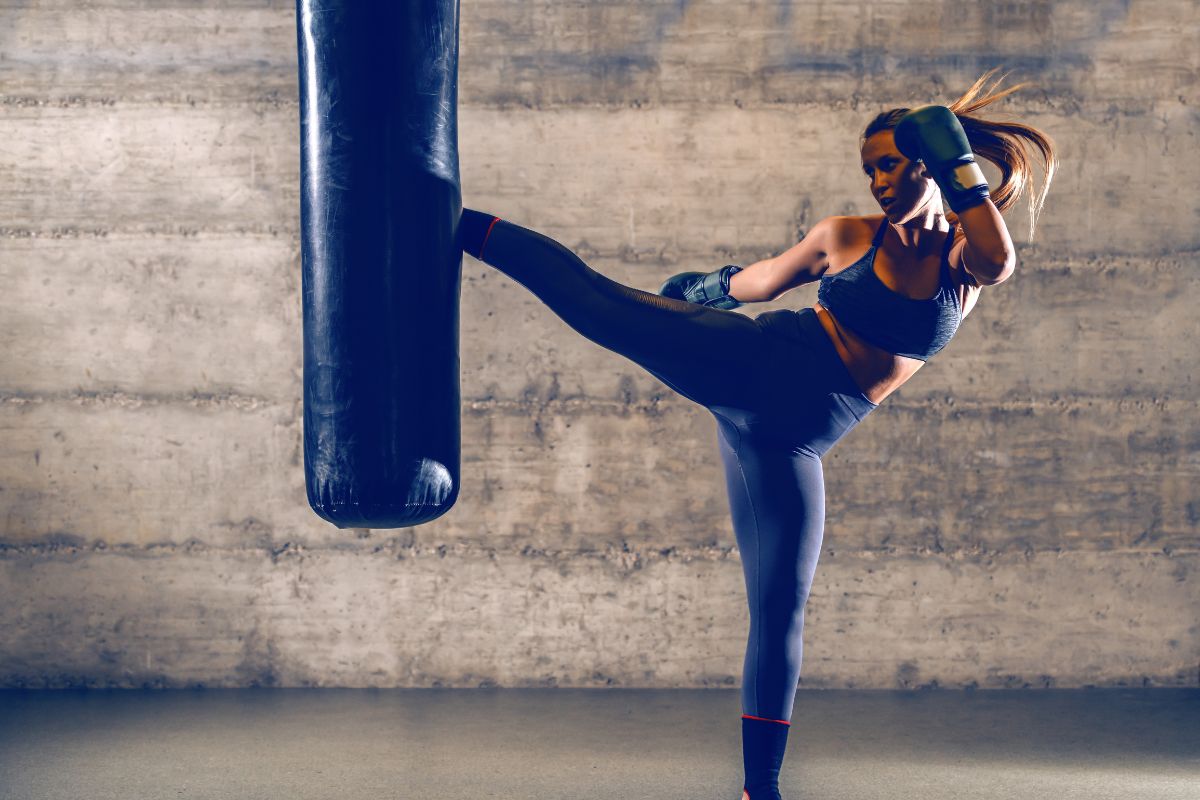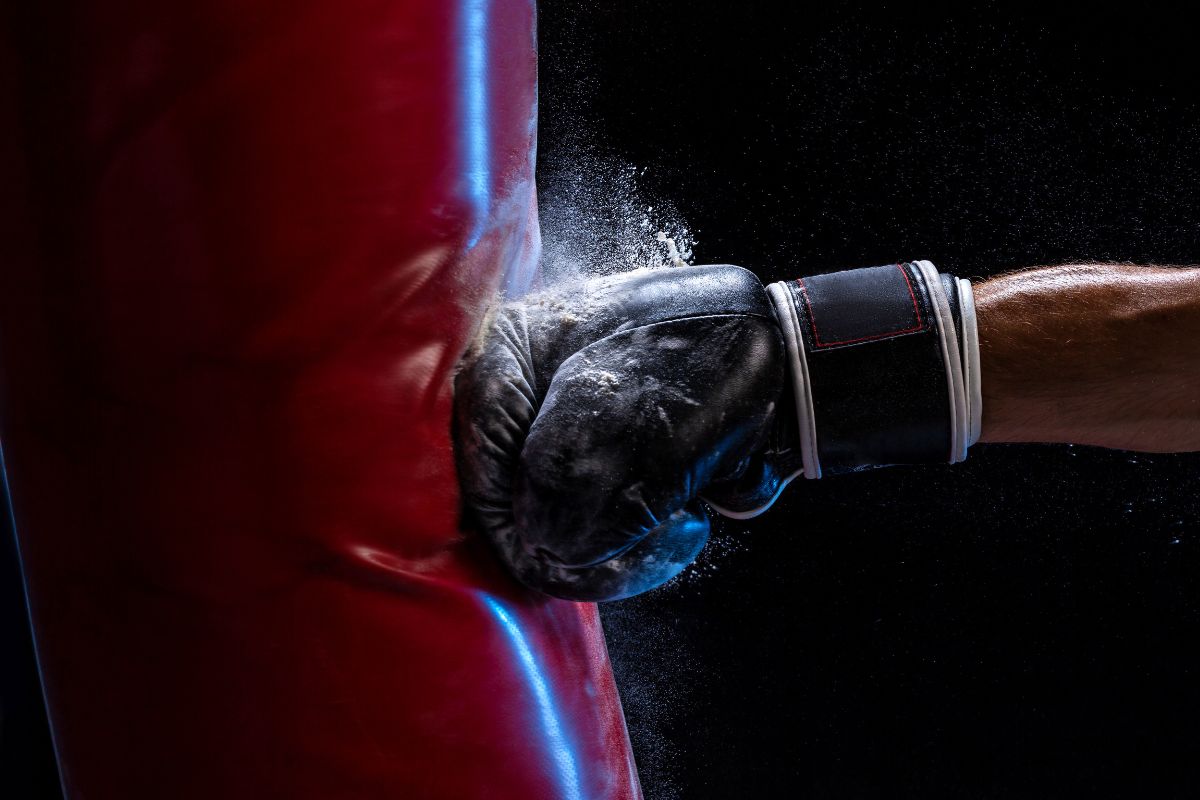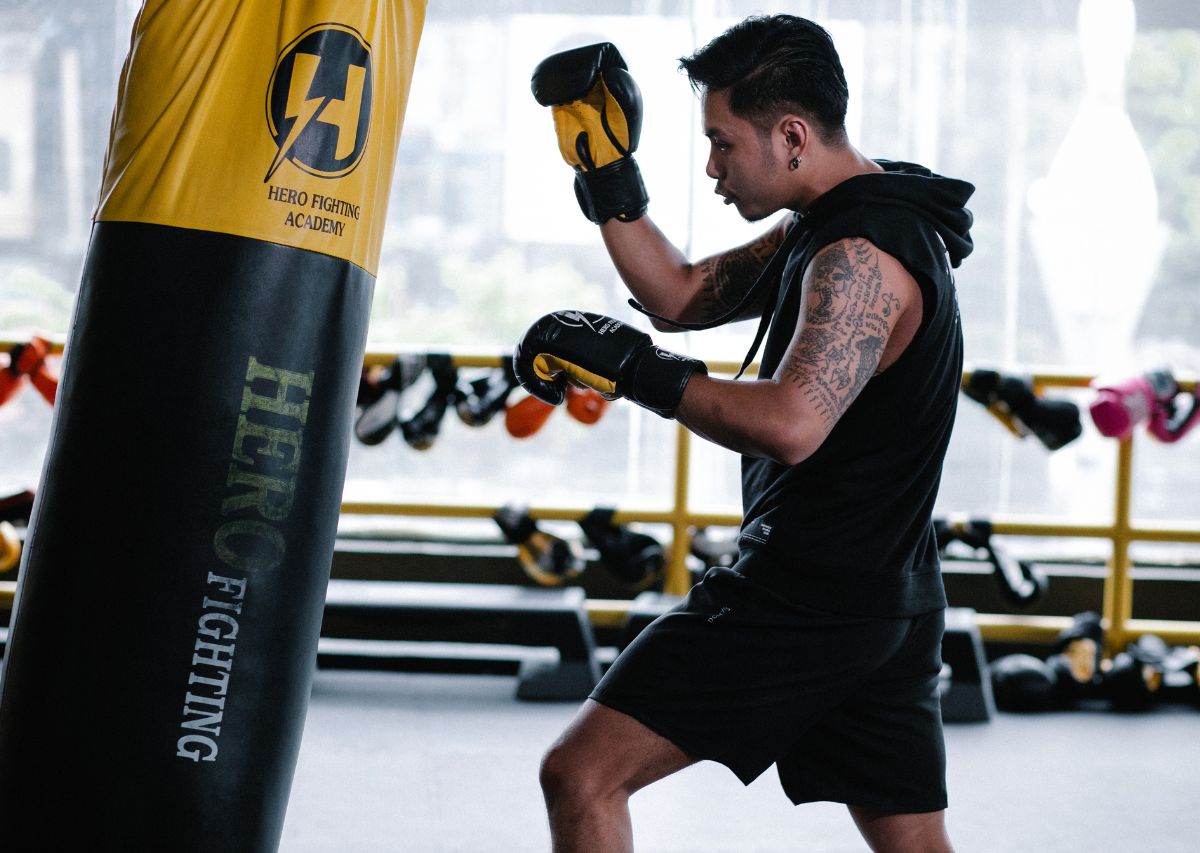Even if you’re not a boxer, punching bags offer a wonderful way to stay in shape. They are a convenient and easy way to upgrade your home gym; in a way, they are an all-in-one home gym. Most people tend to buy an empty bag because shipping a filled bag can be difficult and expensive.
When you buy an empty punching bag, you not only have the opportunity to save weight and shipping costs, but you also have various options for filling the punching bag. You can fill it with the ideal weight and density for you, or you can refill it with another type of filling to improve your training.
We’ll explain how to fill the punching bag most effectively, what types of fillings are available, and what the ideal weight of a punching bag is.
The Types of Heavy Bag Fillers
Almost anything that is firm and cushioned can be used to fill a punching bag, and the market is flooded with products designed specifically for “punching bag stuffing” You don’t necessarily have to use a specific filler for your punching bag, though.
You can also use sand, sawdust, and cloth rags, which are widely available and easily accessible. The weight you aim for in your punching bag will usually depend on which filler you use.
If you want to start with a lighter bag, cloth towels are the perfect stuffing. They are an easy way for a beginner to start boxing. In addition to old clothes from your own closet, you can also buy fabric scraps or used clothing at vintage stores or wholesale fabric markets near you.
For these garments, remove all trim and fasteners before folding them neatly so they don’t get tangled. If you’re just starting out and don’t want the bag to be too strenuous to punch, it’s better to use fabric rags as a filler.
Since it can be punched repeatedly without wearing out, it will help you improve your agility, technique and accuracy. However, since it doesn’t provide the proper resistance for muscle growth, it serves more to improve your cardiovascular health than to increase your overall strength.

Sawdust is the right filler to use when aiming for medium weight for your punching bag. An excellent method to level up to this when you’re using a cloth-filled bag is to replace some of the rags in your boxing bag with sawdust.
As you gain strength, you may advance by replacing more and more cloth rags with sawdust, steadily increasing the weight. A sawdust bag is a more stable alternative since it swings considerably less than a fabric rag-filled bag does.
Compared to a pure fabric, it also increases resistance and thus helps build strength. To prevent leakage, sawdust must be tied in its own bag and then put in your heavy bag. Since sawdust is airborne and can cause allergies or irritation in some people, it may not be the healthiest choice.
If your filler of choice is sand, you have to make sure that your punching bag is lined with textile rags to act as padding. Bags made of sand are very weighty and strong enough to resist a significant amount of force without swinging. The greatest strategy to develop your muscles and perfect your power punches in one go is to load up your heavy bag with sand.
However, if done incorrectly, this can also be harmful to your hands. It is suggested that you increase your bag’s weight slowly by mixing sand and fabric. Sand is a preferred option for individuals who can manage a genuinely heavy bag because it is handy and quick to fill.
Why does my heavy bag’s weight matter?
When you’re in the market for a heavy bag, the first thing you need to look at is the size of the bag you have in mind for your needs. This is crucial as it has the most impact on how well your bag will perform. If the bag ends up being too light, it will not be effective for you, and it will also have too much swing.
A bag swinging around wildly is also a safety risk, and not one that you need to be taking. If you absolutely must have a lighter bag, an area with adequate open space, like a garage or outside, is recommended. This will give you room to move and work on your speed.
Ideally, a heavy bag should just barely move when being struck with full power. This is what is preferred if you want a holistic workout that incorporates both strength and cardio elements. The flip side of this is that a punching bag that is too weighted may present too much resistance and feel very hard. This harness may expose your knuckles and wrists to detrimental wear and tear.
What’s the ideal weight for a heavy bag?

The usual guideline for bag weight is that your punching bag should weigh around half your body weight. This is a good rule of thumb to follow if you’re unsure about what size and weight of a heavy bag are suitable for you.
A 100lbs (45kg) bag can be adequate for use by a 200lbs (90 kg) individual. Most adult fighters will find that bags which weigh at least 80 pounds should be comfortable for them. Boxers with greater expertise or who are professionals should search for bags that weigh about 80% of their body weight.
Lighter boxing bags have their advantages too, though. Bags between 25 and 40 lbs. (11 and 18 kg), can help you be faster and more accurate. It’s fine for a novice hitter to use a 40-pound bag. If you’re in good shape, keep adding weight. In the end, it’s all about what suits you and your needs.
One benefit of a heavier bag is that it swings much less than its lighter counterparts. A heavy bag should ideally move slightly when struck, but if there’s too much movement, it makes it harder for you to practice hitting kicks and punches. Boxers who have honed their power punches need bags that weigh about 100 lbs. (45 kg) as mentioned earlier.












